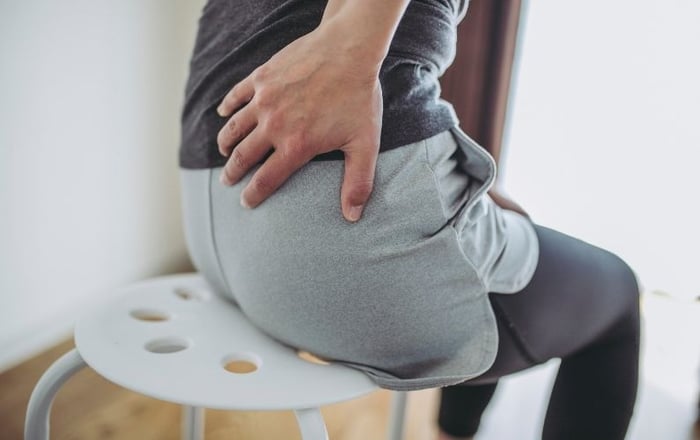Surgeries and expensive procedures are not the only options for pain management. Take a look at these 4 simple ways to treat pain at home.
Dealing with pain regularly can affect your ability to enjoy your daily activities. It can be hard on you physically, mentally, and emotionally, making a significant impact on your quality of life.
Thankfully, there are options out there that can help you.
No matter who you are, what your occupation may be, whether you are experiencing acute pain, chronic pain, visceral pain, or even somatic pain, you can reduce your pain using natural remedies.
Whether you experience pain because of an accident, an injury, or due to illness, here are four simple ways to treat pain at home.
4 Simple Ways to Treat Pain at Home
1. The RICE Method
The RICE method is one of the most popular pain management methods in the world. The acronym stands for Rest, Ice, Compress, and Elevate. This method is most useful for soft tissue injuries that you can sustain on your muscles, ligaments, or tendons. These injuries are most commonly known as bruises and sprains.
To relieve pain, you must rest, which involves avoiding using the injured body part as much as you can. Ice refers to applying an ice pack or a pack of frozen vegetables, most commonly peas, to the area of injury. The third step is to compress, where, to minimize swelling. It helps if you wrap the area of injury using bandages. The last step is to elevate, which refers to raising the injured area above the level of your heart. This further reduces the swelling.
2. Heat Therapy for Chronic Pain
Heat therapy is one of the best remedies to alleviate chronic pain, not to mention it is entirely natural. It is most efficient in reducing chronic pain in muscles and sore joints. There are many different ways of using heat therapy. One of which is to purchase heating devices online, such as the Core Products MicroBeads Moist Heat Therapy Packs. Other heating devices include heating pads that run on electricity, hot compress, hot water bottles, and hot wraps.
Heat therapy can be used for up to eight hours, though it is important to look at the instructions for different products as they may differ. If this method does not suit you or you want to go for a more natural remedy, you can indulge in hot baths instead. Temperatures above 33 degrees Celsius and below 37.7 degrees Celsius are ideal. Keep in mind that soaking heat therapy should only be done for a maximum of two hours.
3. Stretches
Incorporating stretches into your daily routine is a great way to reduce pain, particularly in the body's knee and shoulder region. Bodies are not made to remain stagnant, which may become a tendency when we experience pain. Likewise, this inactive approach could be adverse for us in the long term, leading to chronic pain. That's why it's a good idea to incorporate light stretches that cater directly to the problem area, where one feels pain. Although, it is vital to maintain balance not to overexert yourself simultaneously.
You may find it helpful to do your stretches on a soft yoga mat for extra support and cushioning.
4. Maintain Better Sleeping Habits
Maintaining better sleeping habits may not seem to be the most apparent method to combat pain, but it is quite efficient. Our body gets the opportunity to recover and heal during sleep, which is why REM sleep is vital. Further, bad sleeping habits can cause you to be more sensitive to pain. Modern medicine proves its effectiveness in the short term. However, it does not come without side effects.
If you're struggling to get a good night's sleep, you'll find our sleeping guide helpful. You can also try some of our sleeping aids here.
Closing Thoughts
The pain management remedies mentioned above are natural and have no side effects. Not to mention, all of these methods can also lead to other positive results in your body. For example, you may experience more relaxation, lower stress levels, and an improved mood.
With little to no risk and benefits as great as these, there's no reason not to give them a try!
With that said, be sure to consult your doctor before beginning a new pain management technique. While these methods work for most, there are certain exceptions where further treatment and procedures may be best. Your doctor can help you determine the right treatment path based on your unique health history and circumstances.
Finally, if you're ready to start managing your pain from the comfort of your own home, check out our wide assortment of pain-relieving products here.










